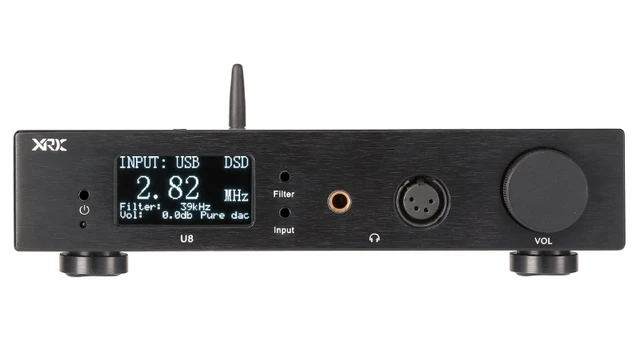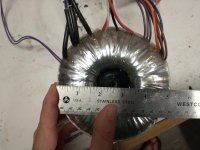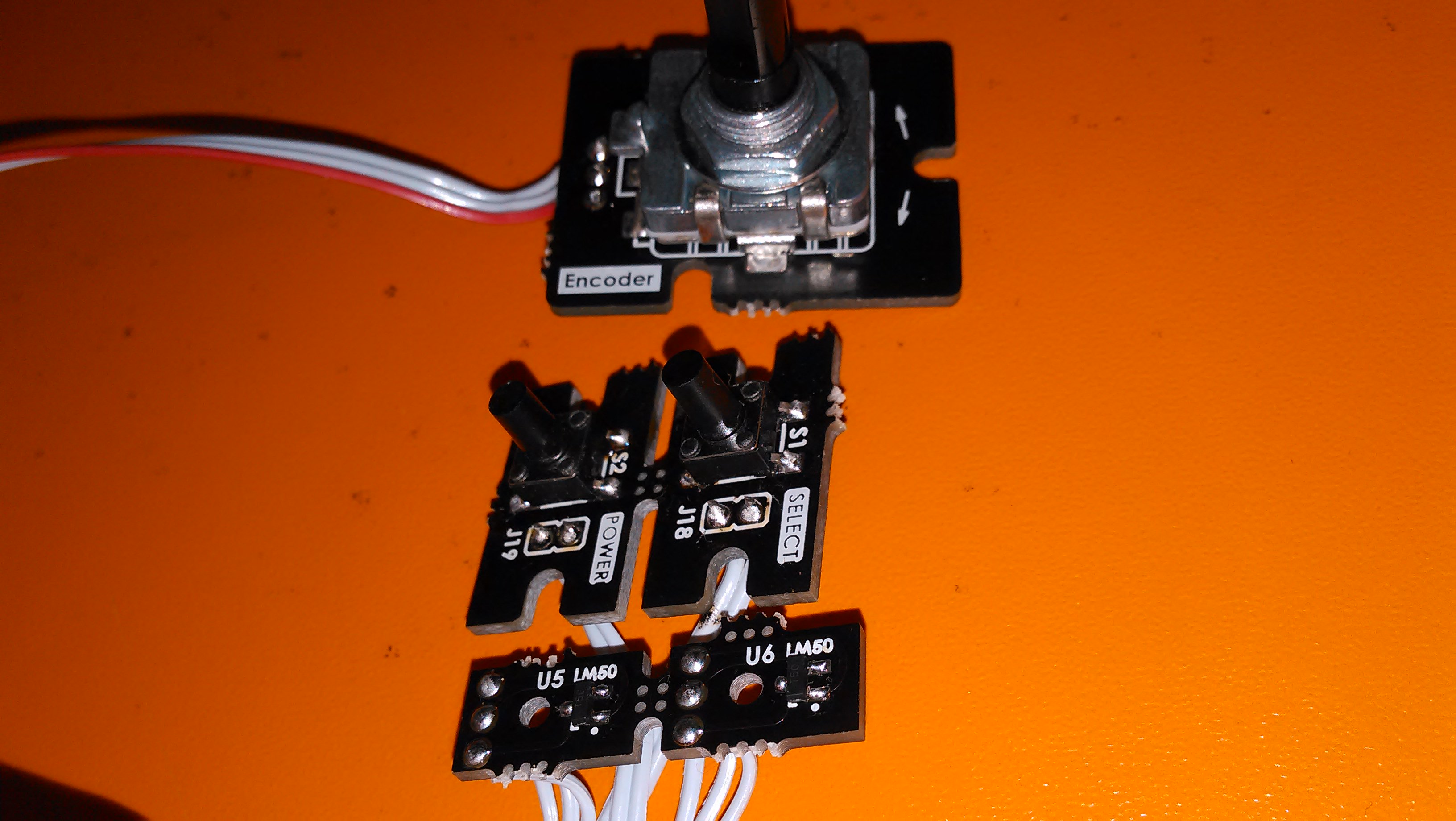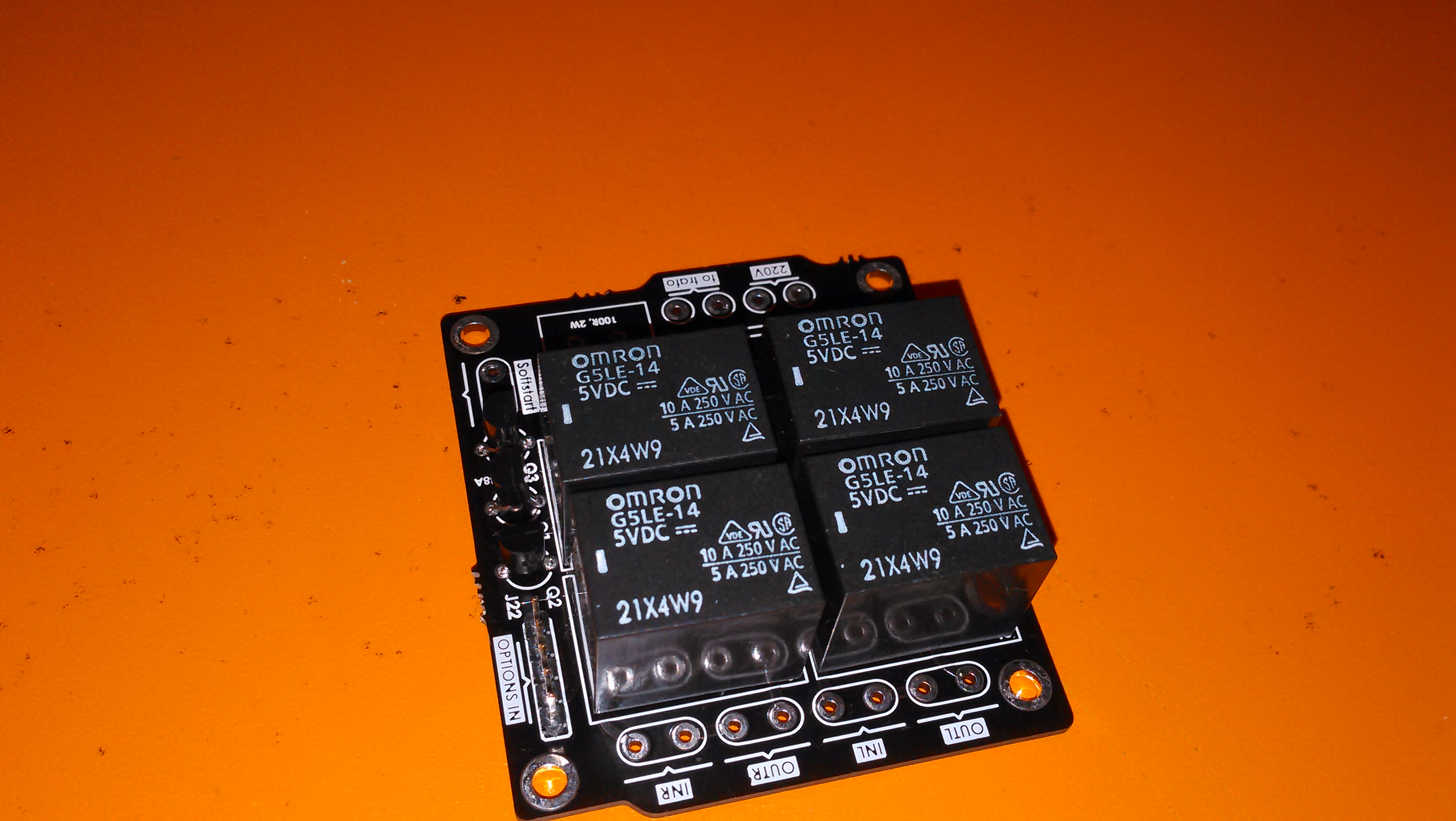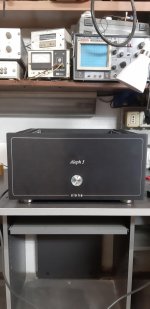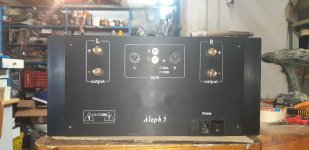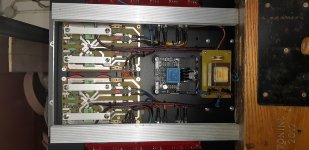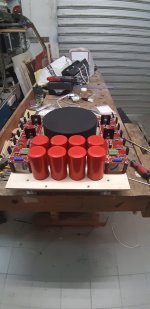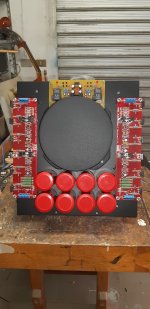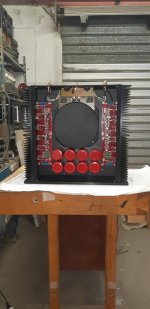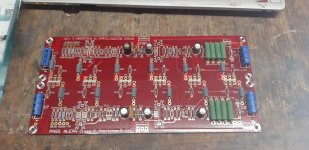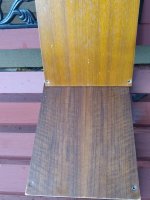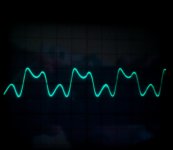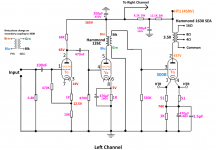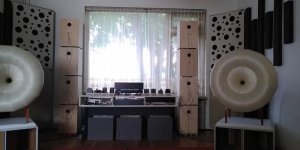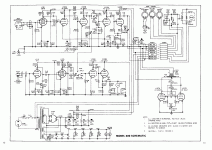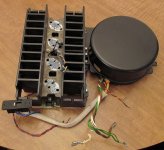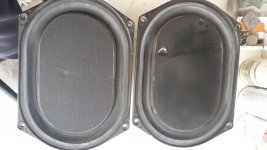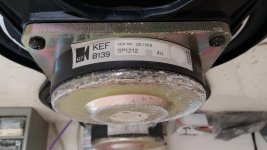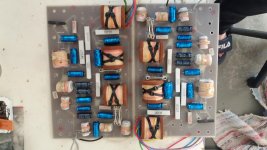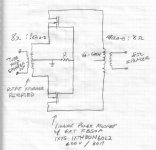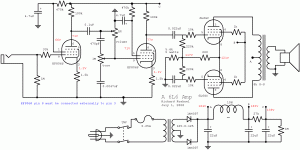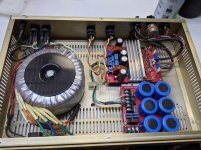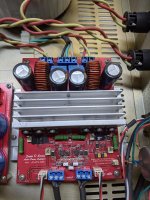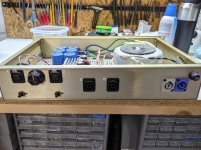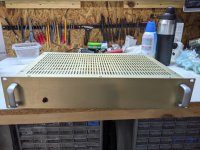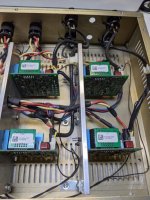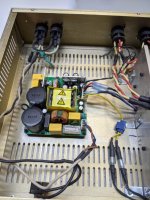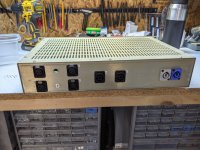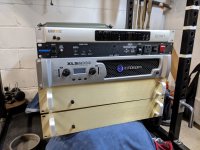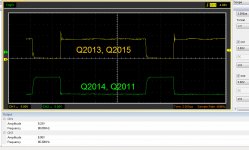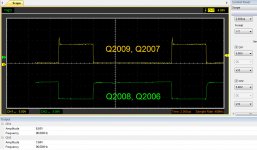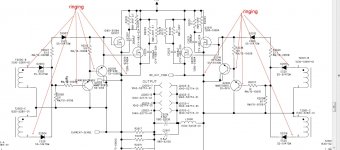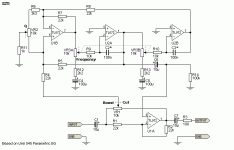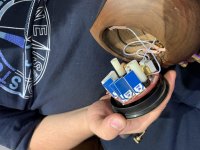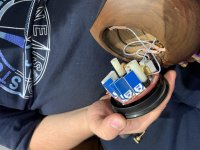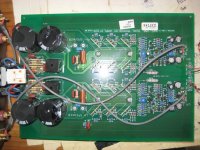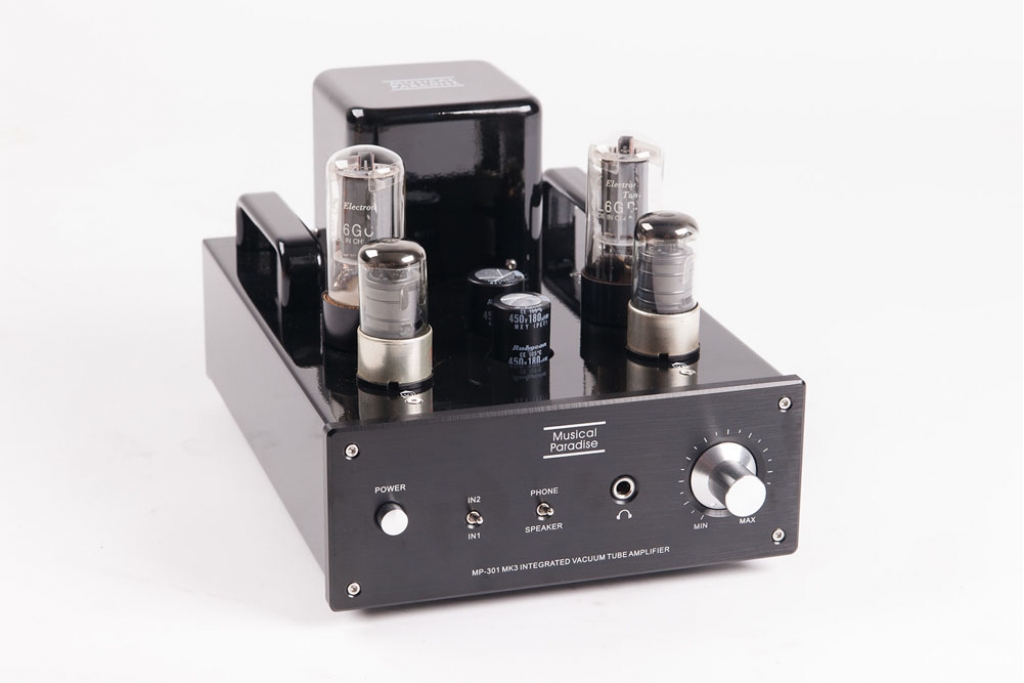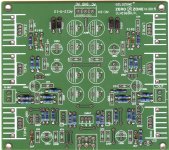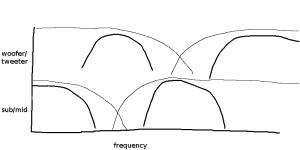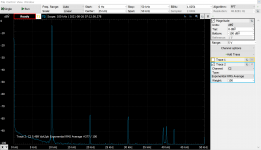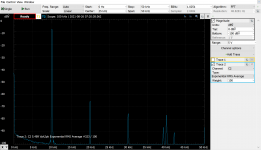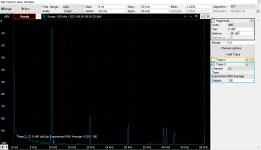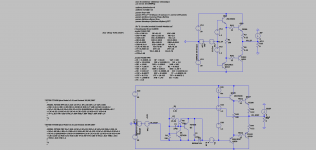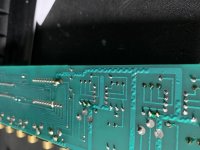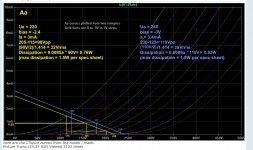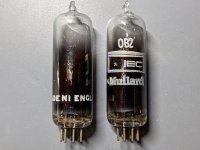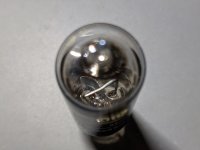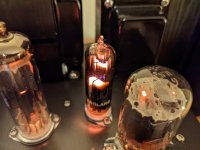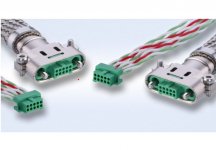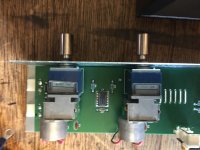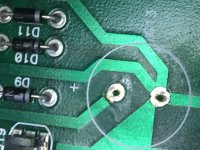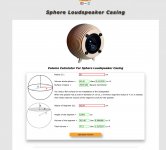Please review my cart before I order parts for my PSU!
- By SoaDMTGguy
- Power Supplies
- 2 Replies
My plan is to build diyA PSU with monolithic rectifiers and a 600VA 24v transformer.
I think this Mouser cart contains everything I need, minus the transformer and PCB. Please let me know if anything looks off or if I seem to be totally off the rails on my assumptions what I need 😛
Direct cart link: https://www.mouser.com/ProjectManager/ProjectDetail.aspx?AccessID=37d2997a84
Scroll "code" section to the right to see quantities and prices
I think this Mouser cart contains everything I need, minus the transformer and PCB. Please let me know if anything looks off or if I seem to be totally off the rails on my assumptions what I need 😛
Direct cart link: https://www.mouser.com/ProjectManager/ProjectDetail.aspx?AccessID=37d2997a84
Scroll "code" section to the right to see quantities and prices
Code:
[FONT="Courier New"][B]Part Number[/B] | [B]Brand[/B] | [B]Description[/B] | [B]Quantity[/B] | [B]Price[/B] | [B]Total[/B]
CL-60 | Amphenol | Inrush Current Limiters 5A 10ohm Straight leads | 3 | $2.06 | $6.18
SLPX183M050H9P3 | Cornell Dubilier | Aluminum Electrolytic Capacitors - Snap In 18000uF 50V 20% 85C | 8 | $5.95 | $47.60
KBPC5010-G | Comchip Technology | Bridge Rectifiers DIODE RECT BRIDGE 50A 1000V | 2 | $3.61 | $7.22
CPF322K000FKB14 | Vishay | Metal Film Resistors - Through Hole 3watts 22Kohms 1% | 2 | $1.27 | $2.54
CPF31R0000FKE14 | Vishay | Metal Film Resistors - Through Hole 3watts 1ohms 1% 100ppm | 2 | $1.15 | $2.30
TLHG6400 | Vishay | Standard LEDs - Through Hole Green Tint Diffused | 2 | $0.46 | $0.92
CPF3R47000JNB14 | Vishay | Metal Film Resistors - Through Hole 3watts .47ohms 5% | 8 | $1.86 | $14.88
CCF0710K0JKE36 | Vishay | Metal Film Resistors - Through Hole 1/4watt 10Kohms 5% Rated to 1/2watt | 2 | $0.13 | $0.26
1985852 | Phoenix Contact | Fixed Terminal Blocks MKDSN 1.5/3 HT | 2 | $1.64 | $6.56
62409-1 | TE Connectivity | Terminals .250 PCB TAB | 8 | $0.14 | $1.20
MKP2D031001F00JO00 | WIMA | Film Capacitors 0.1uF 100 Volts 5% | 2 | $0.66 | $1.32
[B]Total $91.06[/B]
[/FONT]

